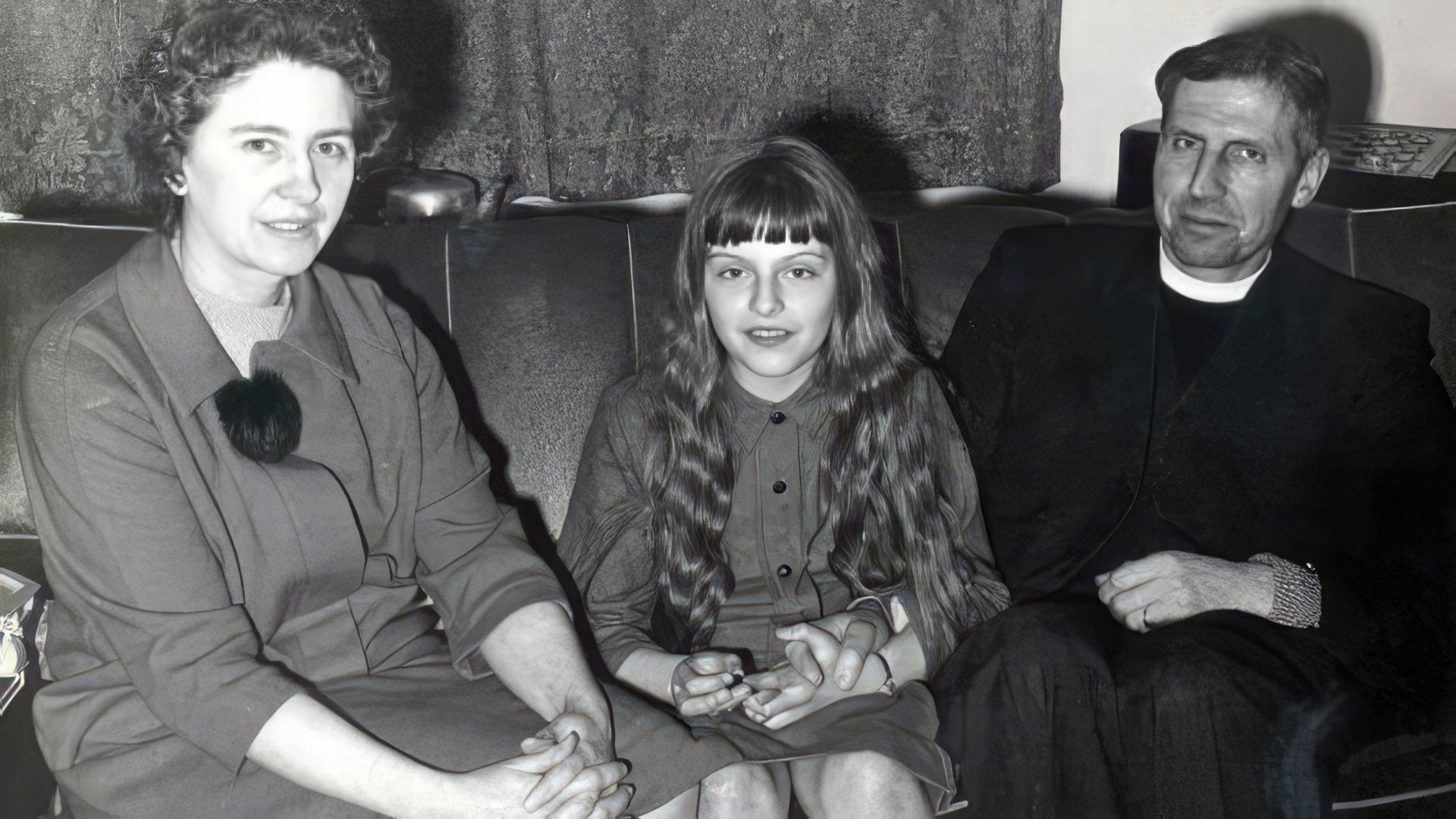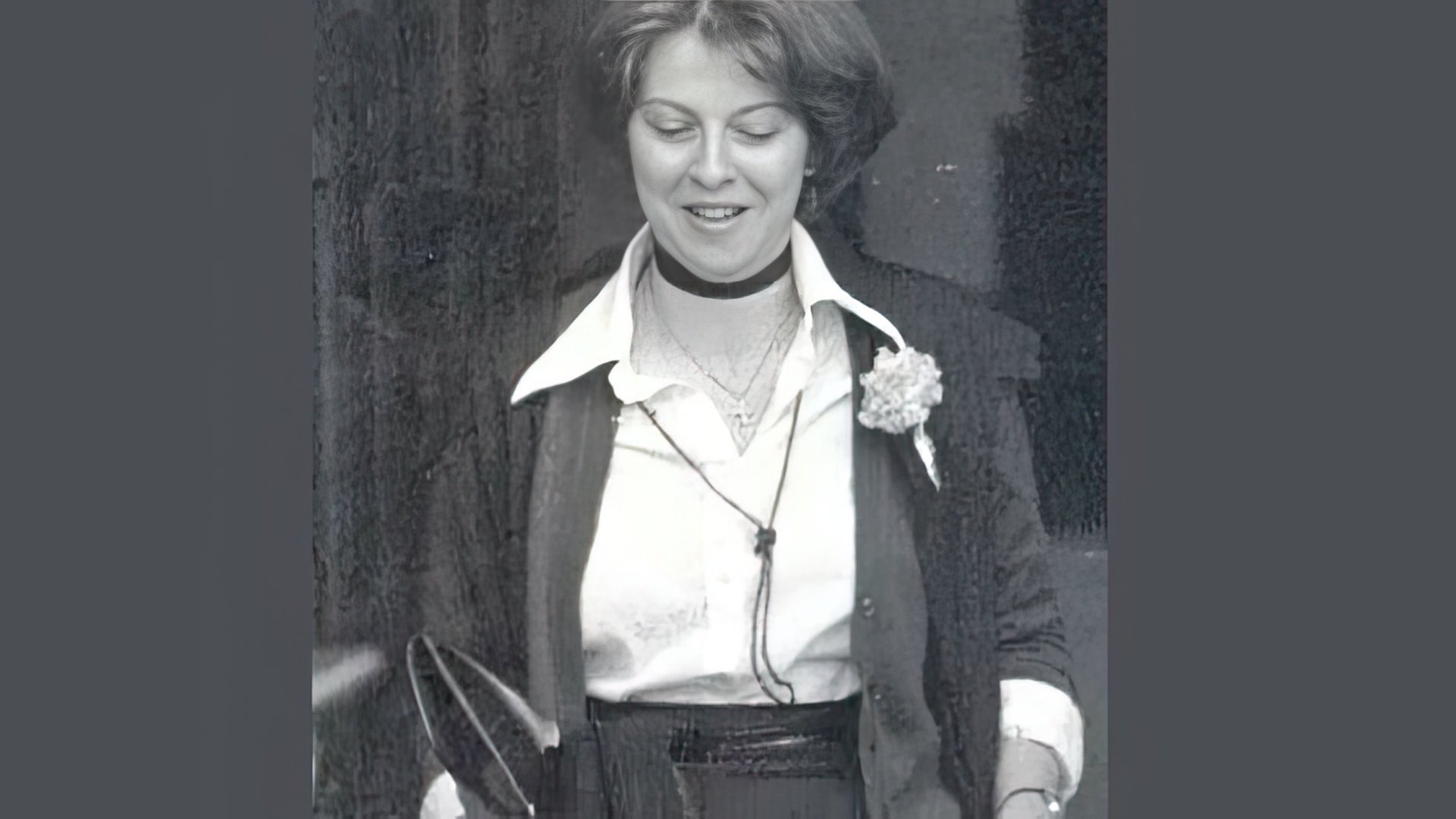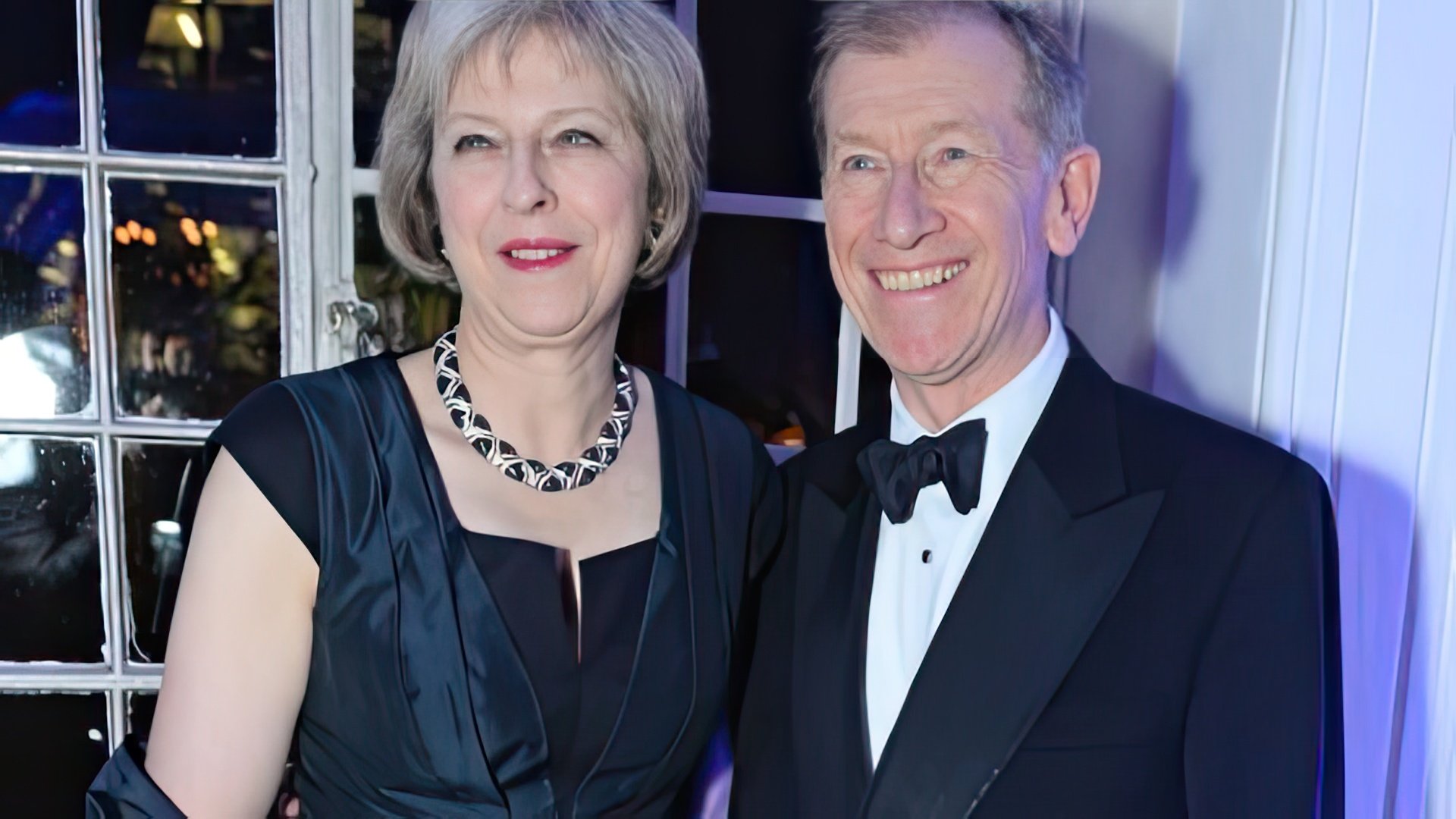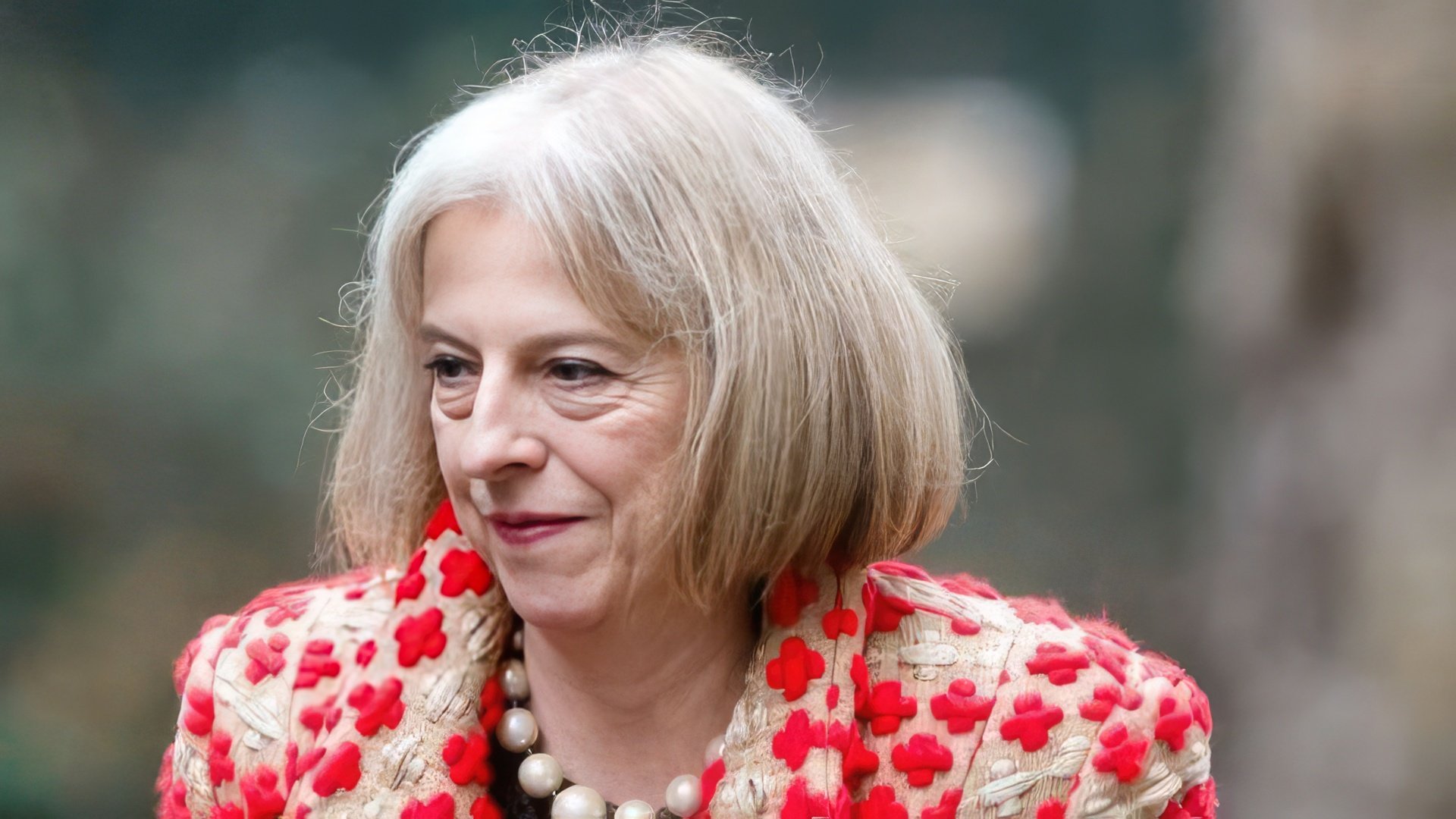Theresa May's biography
Theresa May is a famous British politician. From 2010 to 2012, she was Minister for Women and Equalities in David Cameron's government, and subsequently, she was appointed Home Secretary (2010-2016). In the summer of 2016, she took Cameron's place as the Prime Minister of the UK. Net worth: $5 million.
Theresa May – early years. Education and work
Theresa was born in 1956 in Eastbourne, United Kingdom. Her father was a Church of England clergyman, who later died in a car crash about the time that Theresa graduated from university. After his death, Theresa also lost her mother, who couldn't cope with losing her spouse. She later discovered that she wasn't able to have children.

The beginning of Theresa May's political career
From 1984 to 1992, May served as a local councilor, then ran for Parliament in North West Durham, and later in the 1994 by-election for Barking. Unfortunately, she was unsuccessful both times. Her first success in politics came in 1997 when she made it to the House of Commons.
In 2002, Theresa was the first woman appointed as Chairman of the Conservative Party.

Theresa May's political ideology
As a member of the House of Commons, Theresa May voted:- for the invasion of British forces in Iraq;
- against the UK's integration into the EU;
- against smoking bans in public places;
- against the ratification of environmental laws to combat climate change;
- against the right of gay couples to adopt children, but for same-sex marriages;
- she was always against increased immigration
Following the Conservative victory in the 2010 parliamentary elections, Theresa was appointed Home Secretary and Minister for Women and Equality. She initially sought the Work and Pensions Secretary role, having held similar responsibilities in the Shadow Cabinet. However, the post went to Iain Duncan Smith.
British media praised May's performance as Home Secretary, particularly her effective handling of public order issues.
When the Leave campaign won, David Cameron resigned, prompting May to launch her bid for Conservative Party leadership and the Prime Minister role.

May emerged as the clear frontrunner for Prime Minister. Theresa May was appointed the leader of the Conservative Party. On July 13, David Cameron officially handed over power to May. Her first speech as PM was "Brexit means Brexit", expressing her support for the outcome of the referendum.
Theresa May is the prime minister. Brexit
In 2016, Great Britain held a historic referendum to decide whether the country would remain part of the European Union. At the time, Theresa backed incumbent Prime Minister Cameron and opposed Brexit. Later, her opinion changed.Eurosceptics won the referendum, prompting David Cameron to resign. Theresa May then launched her bid to lead the Conservative Party and become Britain's Prime Minister.

Theresa May's personal life
May married in 1980. Her husband, Philip John May, works for American financial giant Capital Group Companies. The couple has no children.

Theresa May today
On May 24, 2019, Theresa May announced she would step down as Conservative Party leader on June 7. Fighting back tears, she delivered her farewell speech outside Number 10 Downing Street. She cited her inability to secure parliamentary backing for Brexit and bridge the divide between Leave and Remain camps as her ultimate failure.
Found an error? Select the text and press Ctrl+Enter
Error in the text? Select it — a send button will appear


-
Dun Leary
2024-09-25 02:02:21
-
William Farmer
2021-05-11 10:44:30
-
Lauren Brown
2021-04-18 14:32:09
-
Leroy Beck
2021-03-18 21:02:14
-
Bernard Hudson
2021-02-18 21:03:59
-
Danielle Williams
2021-02-17 14:35:59
6